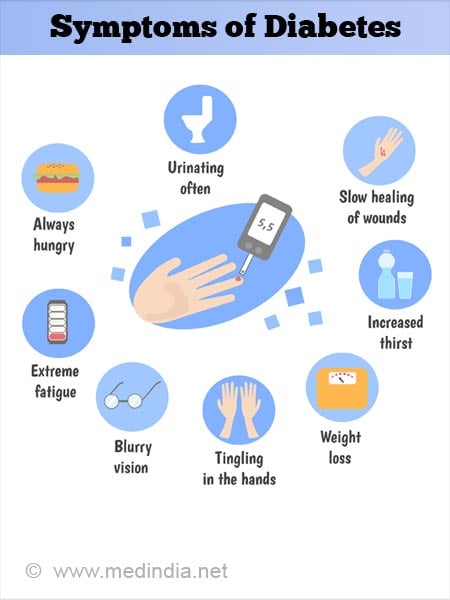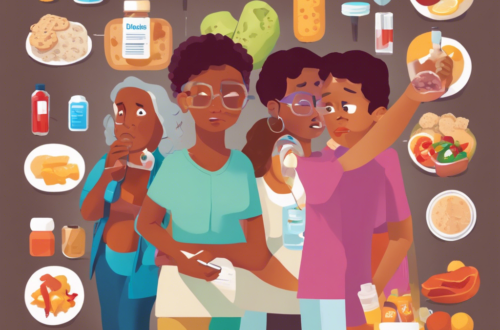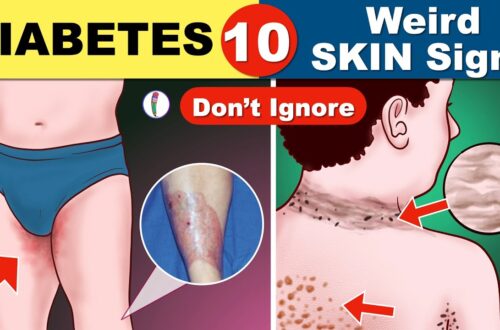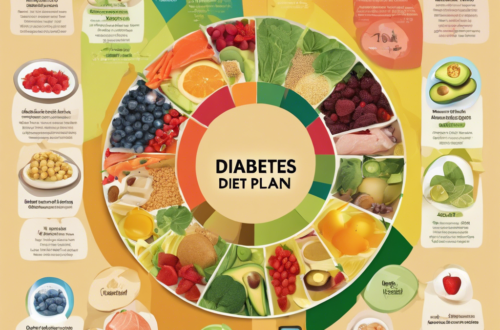Introduction
Definition of Diabetes Symptoms
Diabetes symptoms can vary depending on the type of diabetes and the individual. However, there are some common early signs and symptoms that can indicate the presence of diabetes. These symptoms include increased hunger and fatigue, frequent urination and excessive thirst, dry mouth and itchy skin, blurred vision, slow healing of wounds, pain or numbness in the feet or legs, unplanned weight loss, and nausea and vomiting. These symptoms may be milder in type 2 diabetes and more severe in type 1 diabetes.
Importance of Early Detection
Early detection of diabetes is crucial as it allows for timely intervention and management of the condition. By recognizing the early signs and symptoms, individuals can seek medical attention and undergo testing to confirm a diagnosis. Early detection also enables healthcare professionals to develop customized treatment plans and provide education on lifestyle modifications that can help manage the condition effectively. Additionally, early detection can help prevent complications associated with uncontrolled diabetes, such as heart disease, kidney damage, and vision problems. Regular monitoring and management of blood sugar levels can significantly improve the quality of life for individuals living with diabetes.
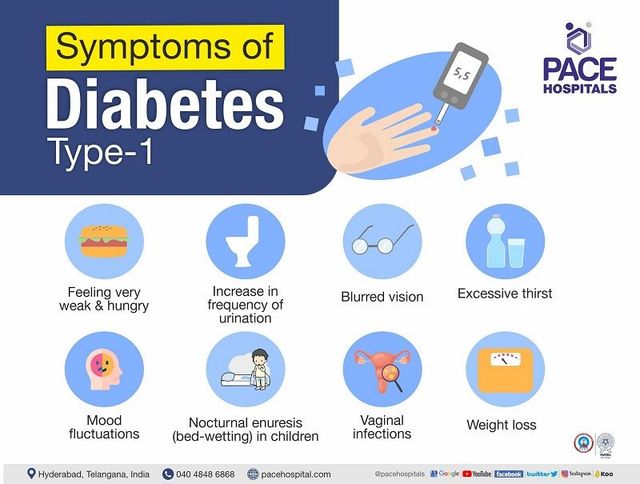
Types of Diabetes
Type 1 Diabetes
Type 1 diabetes occurs when the body does not produce insulin at all. This type of diabetes is usually diagnosed in children and young adults. The symptoms are often severe and develop quickly. Individuals with type 1 diabetes require insulin injections or the use of an insulin pump to manage their blood sugar levels.
Type 2 Diabetes
Type 2 diabetes is the most common form of diabetes and typically develops in adults, although it is increasingly being diagnosed in children and adolescents. In type 2 diabetes, the body either does not produce enough insulin or becomes resistant to its effects. This type of diabetes is often managed through lifestyle changes such as healthy eating, regular physical activity, and medication if necessary.
Overall, understanding the different types of diabetes is essential for proper diagnosis, treatment, and management of the condition. It is important to consult with a healthcare professional for an accurate diagnosis and to develop an appropriate management plan.

Early Signs and Symptoms
Hunger and Fatigue
Individuals with diabetes may experience increased hunger and fatigue. This occurs because the body is unable to properly utilize glucose for energy due to a lack of insulin or insulin resistance. Without energy from glucose, you may feel hungrier than usual and experience ongoing fatigue that is not relieved by rest. These symptoms can be more severe in individuals with type 1 diabetes compared to type 2 diabetes.
Increased Urination and Thirst
Another common sign of diabetes is increased urination and thirst. When blood sugar levels are high, the kidneys cannot reabsorb all the glucose and more urine is produced. This leads to frequent urination, which in turn increases thirst as the body tries to compensate for the fluid loss. If you notice that you are urinating more frequently than usual and constantly feeling thirsty, it may be a warning sign of diabetes.

Common Symptoms
Dry Mouth and Itchy Skin
Individuals with diabetes may also experience dry mouth and itchy skin. This occurs because the high levels of glucose in the body lead to dehydration, which in turn reduces moisture available for other purposes. As a result, the mouth may feel dry and uncomfortable. Additionally, dry skin can cause itching, especially in warm and moist areas of the body such as between fingers and toes, under the breasts, or in and around genital organs. If you are experiencing persistent dry mouth and itchy skin, it is important to consult with a healthcare professional to determine the underlying cause.
Blurred Vision
Blurred vision can be another symptom of diabetes. Changes in fluid levels in the body can cause the lens of the eye to swell, resulting in blurred vision. The lens is responsible for focusing light onto the retina, and when it is unable to do so properly, vision becomes blurry. If you notice that your vision is suddenly out of focus or blurry, it is important to have your eyes examined by an eye care professional. Proper management of diabetes can help prevent or alleviate this symptom and preserve your eye health.

Symptoms of High Glucose Levels
Fungal or Yeast Infections
It is common for individuals with diabetes to be more susceptible to fungal or yeast infections. The excess glucose in the body promotes the growth of these infections. They can occur in warm and moist areas such as between fingers and toes, under the breasts, or in and around the genital organs. Both men and women who have diabetes may experience these infections. If you notice any signs of a fungal or yeast infection, such as itching, redness, or discharge, it is important to seek medical attention for proper treatment.
Slow Healing of Sores or Cuts
High blood sugar can have a negative impact on blood flow and may even cause nerve damage. This can make it difficult for the body to heal wounds, resulting in slow healing of sores or cuts. It is important to keep a close eye on any wounds and seek appropriate medical care if you notice that they are not healing properly. Proper management of diabetes, including blood sugar control, can help improve the healing process and minimize complications.
